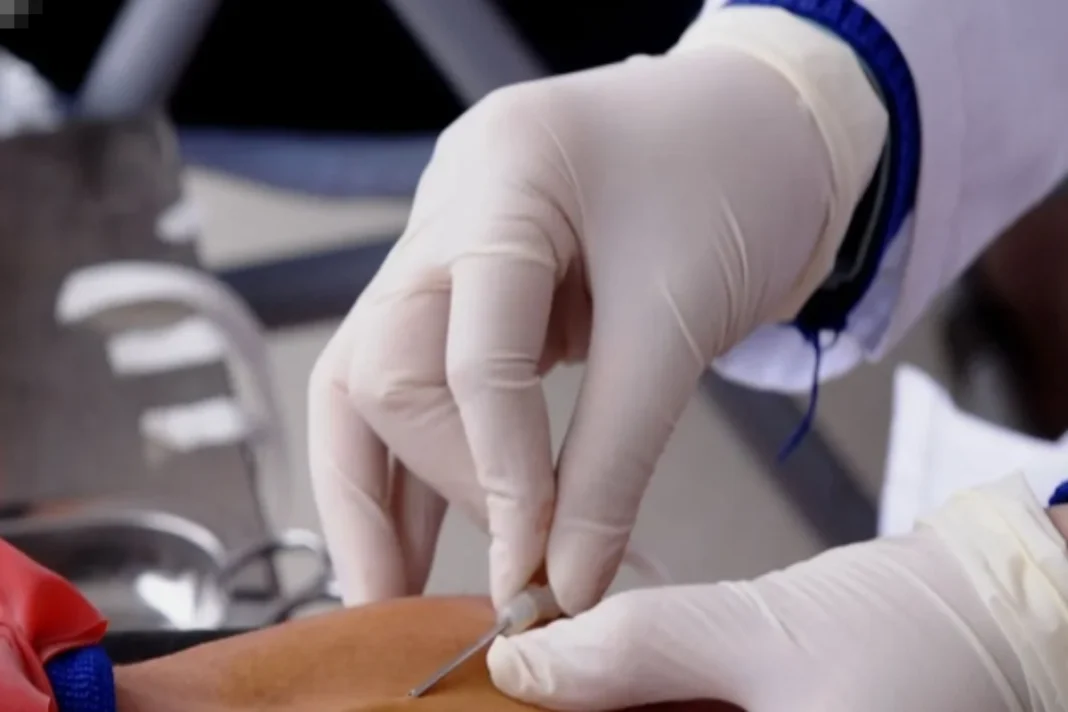Ovarian Cancer: Globally, ovarian cancer is a major cause of death. This year, 19,880 women in the US received an ovarian cancer diagnosis. Patients with epithelial ovarian cancer are now experiencing higher survival rates thanks to recent developments in cytoreductive surgery and chemotherapy. On the other hand, the likelihood of survival is highly dependent on the disease’s stage at diagnosis.
Importance of Early Ovarian Cancer Detection
In cases where ovarian cancer is discovered in its early stages, the patient’s five-year survival rate exceeds 90%. On the other hand, the five-year survival rate drops to 70% if the disease is discovered at stage II, meaning that the cancer is restricted to the pelvis. In stage IV, the proportion drops even further, and if the illness is discovered, the cure rate finally drops to 20%. According to computational studies, the cure rate for ovarian cancer can be increased by 10–30% if it is discovered when the disease is still in stages I or II.
The relationship between increasing CA125 levels and the Risk of Ovarian Cancer Algorithm (ROCA) was examined in two US-based clinical trials: the Normal Risk Ovarian Cancer Screening Study (NROSS) and the United Kingdom Collaborative Trial of Ovarian Cancer Screening (UKCTOCS). It should be mentioned that, in comparison to UKCTOCS controls, NROSS screening resulted in a 34% reduction in late-stage (III–IV) disease identification. For this reason, increasing the cure rate of ovarian cancer requires early detection.
CA125 Levels in Early-Stage Ovarian Cancer
In the sera of 60–70% of women with epithelial ovarian cancer in an early stage, elevated CA125 levels were discovered. If there are other biomarkers that go along with CA125, a higher sensitivity or detection rate could be attained. In this context, more than 120 biomarkers have been found, including antigens, AAb, and Ag-AAb.
A promising option to increase the sensitivity of CA125 could be an AAb against antigens associated with ovarian cancer. These could be readily generated in response to minuscule levels of antigens linked to tumours. Because AAb can be found months or years before the rise of CA125, this approach may be extremely important in the early identification of ovarian cancer.
Optimal Complement for Early Ovarian Cancer Diagnosis
The optimal complement of CA125, which is essential for the early diagnosis of ovarian cancer, was found by comparing panels of autoantibodies, Ag-AAb complexes, and ovarian cancer-associated antigens in the current study. The National Cancer Institute Early Detection Research Network (EDRN) was involved in the current study’s execution.
Evaluation of Biomarker Panel
This study evaluated a panel of sera samples containing a total of 26 distinct biomarkers. Furthermore, serum samples from patients with early- and late-stage ovarian cancer as well as healthy controls were used to examine the effectiveness of five additional assays for anti-TP53 AAb. The most promising classifier comprising the biomarkers in the panel of human epididymis protein 4 (HE4), CA125, and HE4 Ag-AAb complexes was found using the sera samples. Only the CA125’s sensitivity was able to verify this performance.
EDRN Validation Panel Findings
In the current investigation, the EDRN Validation panel revealed high CA 125 levels in 66% of patients with early-stage (I-II) ovarian cancer with 98% specificity. This result suggests that this panel’s sensitivity still needs to be increased.
Ovarian cancer cells that are epithelial produce a protein called HE4. In the current investigation, 11% of the instances of ovarian cancer that CA125 missed throughout the whole EDRN set were found by HE4. Approximately 19% of the cases in this early stage showed increased HE4 Ag-AAb complexes.
Osteopontin (OPN) in Early-Stage Ovarian Tumors
13% of early-stage ovarian tumours have increased osteopontin (OPN), according to the EDRN validation set. OPN is a glycophosphoprotein that is synthesised into bodily fluids by osteoblasts, macrophages, activated T cells, various epithelial cells, and arterial smooth muscle cells.
Additionally, tumours that grow in different regions—like the ovary—also overexpress this protein. While the panel identified 75% of early-stage patients, CA125 alone could only identify 62% of them. Furthermore, a noteworthy enhancement in sensitivity was attained for the EDRN validation dataset.
Autoantibodies in Ovarian Cancer Detection
Twenty to 25 percent of the sera of patients with ovarian cancer had higher levels of anti-p53 AAb, according to the current study. In 22% of the instances, the RAPID test was more sensitive in identifying TP53 AAb. In the early ovarian cancer stage, rise in just anti-CTAG1 AAb and anti-IL8 AAb was identified.
With a 98% specificity, CTAG1A identified 8% of early-stage and 19% of late-stage patients. The sensitivity of anti-IL-8 AAb in identifying early stages of ovarian cancer was higher. The classifier combining all three autoantibodies and complexes was trained in the EDRN training set, anti-CTAG1, anti-IL-8, and anti-TP53, and could detect 22% of early-stage cases at 95% specificity.
It should be mentioned that CA125 by itself was not surpassed by the sensitivity of three AAb. But compared to CA125, AAb produced a lead time.
Keep watching our YouTube Channel ‘DNP INDIA’. Also, please subscribe and follow us on FACEBOOK, INSTAGRAM, and TWITTER


